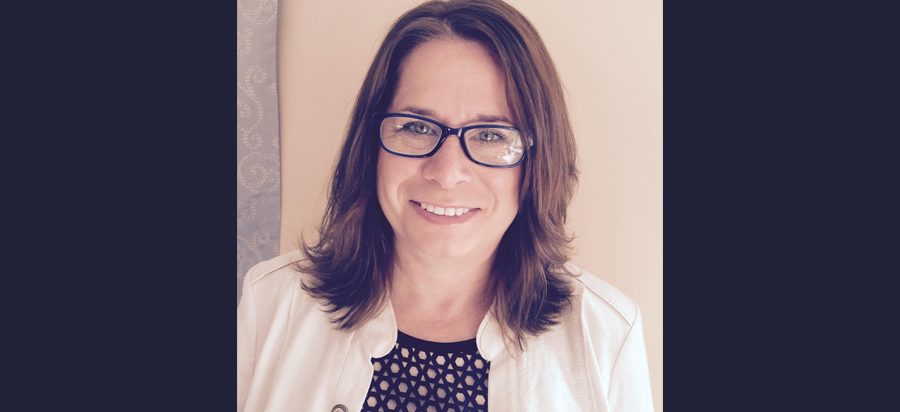Introduction
Summer is a brief but powerful opportunity to work with youth and their families to close persistent achievement gaps between lower and higher income families.[1] For over 25 years, BellXcel has been harnessing the power of summer time to empower its partners to bolster the academic and social and emotional skills and competencies of their scholars.
The Sperling Center for Research and Innovation (SCRI) analyzed BellXcel’s unique approach to continuous improvement in summer. This brief presents SCRI’s review of BellXcel’s quality assessment process and its dedication to guiding partners through continuous quality improvement.
In partnerships with school districts, community-based organizations and national organizations such as Scholastic Education and the YMCA, BellXcel supports the creation of holistic summer learning programs that combine academics, enrichment, social-emotional learning (SEL), professional development, community and family engagement. In 2019 alone, summer programs delivered by its national network of partners, and powered by the BellXcel model, reached 18,650 scholars across 163 sites nationwide. Scholars gained 2 months of reading skills and 2 months of math skills, and they improved critical social and emotional competencies such as self-confidence, cooperation, and academic motivation.[2]
Central to BellXcel’s approach to summer learning is its commitment to rapid-cycle continuous improvement because quality can’t wait. Unlike school year afterschool programming that has an 8-month window of time to make quality improvements, summer programs have, at best, 6-8 weeks to implement a robust quality assurance process that includes: planning, professional development, data collection, coaching and support. BellXcel recognizes that its summer learning providers need tools and processes that will inform immediate improvements in a way that does not disrupt the learning process, but does provide actionable insights to inform both immediate and long-term program improvements. This is accomplished through using research-based indicators of program quality and tools intentionally designed for nimble, rapid-cycle improvements. It also involves comprehensive debriefs across multiple touch points (site level, partner level, national level) to inform immediate and long-term quality improvement.
This brief describes BellXcel’s summer learning quality improvement process that:
- Reflects the needs and input of BellXcel practitioners to enable practical, useful monitoring across many BellXcel sites;
- Provides practical quality assessment tools that were created with a “backward design model,” identifying what ought to be in place and then selecting research-based indicators that would assess the extent to which those elements were being practiced;
- Is informed by research-based domains of program quality that are applicable to both in-person and remote learning experiences; namely: program administration, youth management, evaluation and assessment, family engagement, culture and climate, and curriculum & instruction.
[1] Schwartz, H., McCombs, J., Augustine, C. & Leschitz, J. (2018). Getting to work on summer: Recommended practices for success, 2nd Edition. Santa Monica, CA: RAND Corporation
[2] BellXcel 2019 Summer Impact Report: https://www.bellxcel.org/sites/default/files/2019-12/National%20Summer%20Impact%20Report_2019_final.pdf




